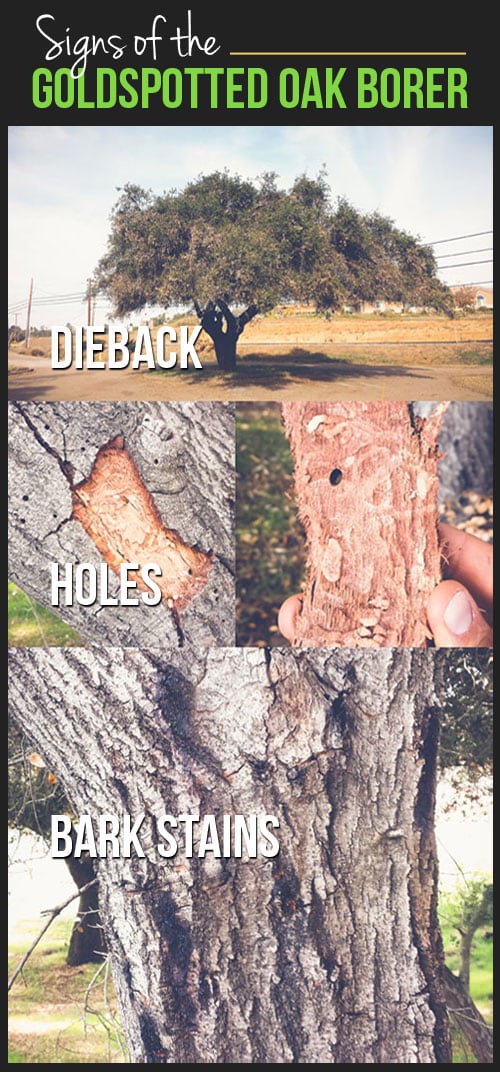Watch For Important Signs That Indicate Your Tree May Be A Risk; Recognizing These Can Help Protect Your Residential Property And Those You Care About.What Should You Watch On Next?
Watch For Important Signs That Indicate Your Tree May Be A Risk; Recognizing These Can Help Protect Your Residential Property And Those You Care About.What Should You Watch On Next?
Blog Article
Uploaded By-Vogel Goodman
When it pertains to tree care, recognizing the indications that it's time for elimination is important for your security and property. You might discover blemished leaves, wilting branches, or weird fungal developments showing health problems. Architectural issues, like a substantial lean or cracks in the trunk, can also position risks. Recognizing these indication can assist you make informed choices about your trees and stop prospective risks lurking in your yard. What should you try to find next?
Indications of Decay and Condition
When you discover indications of decay and disease in your trees, it's vital to act promptly. Search for blemished leaves, wilting branches, or uncommon growths like fungi. These can show that your tree is battling.
If you see cracks in the bark or soft, mushy timber, these signs recommend inner decay. Furthermore, a sudden increase in bugs around your tree can signify that it's weakened and susceptible.
Look for any dead or passing away arm or legs, as they pose a threat to your residential property and safety. If click over here now doubt about what you see, speaking with an arborist can offer clarity.
Resolving these indications early can save you from a lot more extensive damage and guarantee the health and wellness of your backyard. Don't wait up until it's too late.
Structural Instability and Leaning
As you observe your trees, watch out for any indicators of architectural instability or leaning. If a tree leans dramatically, it may suggest that the root system is compromised.
Try to find any fractures in the trunk or soil around the base; these can signal potential failure. Furthermore, look for unusual development patterns, like an unbalanced crown, which may recommend that the tree is battling to hold itself upright.
If you observe that the tree leans toward your home, high-voltage line, or various other structures, it positions a greater threat. Do not ignore these indications-- seek advice from an arborist to examine the circumstance.
Taking action early can prevent expensive damages and ensure your safety.
Dead or Dying Branches and Vegetation
If you observe dead or dying branches and foliage on your tree, it's a clear sign that something's wrong.
These harmful locations can suggest underlying concerns like disease, pest infestations, or ecological stress and anxiety. When branches shed their fallen leaves or turn brownish, they're no more contributing to the tree's wellness. Neglecting these indicators can lead to additional decline, making your tree a lot more unsafe.
Dead branches can easily break short during tornados, positioning a threat to property and people nearby. It's critical to assess the degree of the damage.
If the trouble impacts a substantial part of the tree, consider getting in touch with an expert. They can help figure out if elimination is necessary to guarantee safety and keep the appeal of your landscape.
Conclusion
If you see any kind of indications of degeneration, structural instability, or dead branches on your trees, do not disregard them. These indications can position significant security dangers to you and your property. It's constantly best to get in touch with a specialist arborist that can provide an expert assessment of your trees. Taking How To Prune Guava Tree can avoid crashes and pricey damage, ensuring your landscape stays safe and healthy. Bear in mind, it's much better to be proactive regarding tree treatment than to wait for a calamity to happen.
